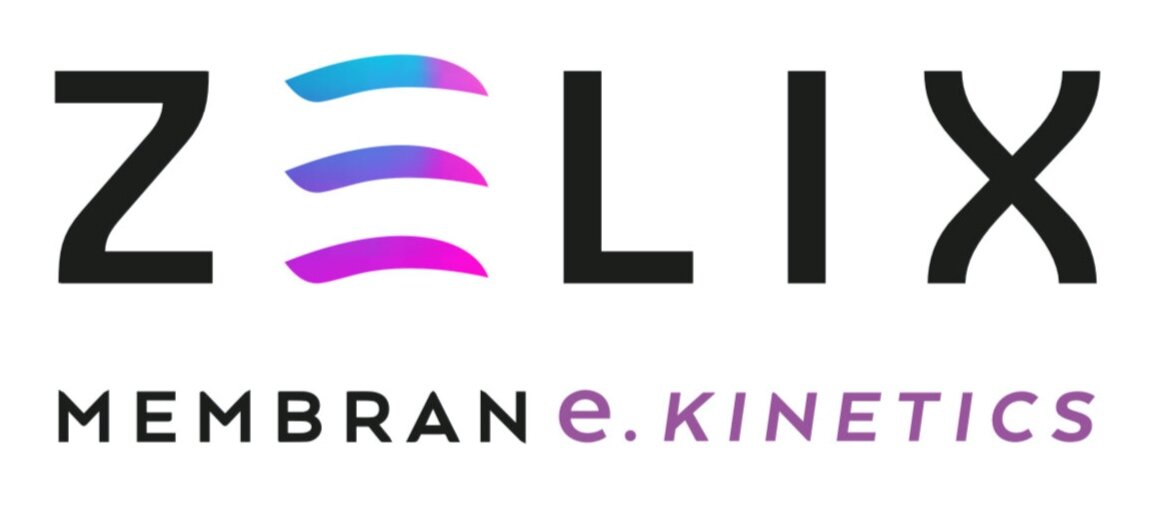
Filtration in the dairy industry
The dairy industry offers a variety of applications in which the ZELIX system is already doing revolutionary work.
With the low-maintenance - high productivity strategy, ZELIX enables high performance without compromising on quality, hygiene and energy savings.
ZELIX is already successfully represented in the following fields of application:
Concentration of whey proteins
Brine
Ice water
Dairy sewage
The Way
Due to their colloidal nature milk and whey proteins, like other dairy substances, are well membrane-permeable and fractionable. Their stability is adapted to their evolutionary milieu, which limits industrial processing. Temperature, pressures, shear forces, air/oxidation can lead to denaturation and changed functionalities. Changes to increased gel formation, to stabilize foam and emulsions etc. may be useful for industrial processes downstream; but not for the ability to filter and fractionate with membranes.
Beyond that, e.g. whey proteins’ oxidation can lead to compromised bioavailability and loss of nutritive value.
The ZELIX system has been developed to efficient, smart dynamics, especially for viscous liquids, high concentrations, biologically / chemically sensitive ingredients. Therefore, the natural colloidal properties of milk/whey molecules are used positively, e.g.:
Filtration up to 60% whey protein concentration
According to the Einstein-Relation, the mobility/permeation properties of colloids depend primarily on electrical charge and electrical mobility (as well as on particle size and viscosity).
Strengthening these properties by integrated electro kinetics creates a new standard in membrane technics.
The spiral wound technique dominates milk processing with membranes. But scientific literature reports fouling, - notably with whey proteins, increasing operational cost and efforts. The Encyclopedia of Food Science and Nutrition (p.3844) reports air entrain-ment into the retentate flow and subsequent changes in whey proteins’ interfacial activity.
Generally, oxidation and denaturation of colloids can be expected when air is introduced into protein liquids. The surface charge is reduced, the protein mobility, filterability, fractionability and the functionality is impaired.
The ZELIX DESIGN PREVENTS retentate air intrusion and oxidative damage to colloids. Thus, ingredients maintain natural filterability, functionality and can be precisely fractionated.
ZELIX utilizes the properties of milk and whey proteins.
In contrast to pre-concentrated whey, untreated whey contains hardly any air bubbles. ZELIX keeps good filterability up to >60%. protein concentration.
The ZELIX’ retentate flow serves just to balance between filter and concentration tanks. This needs much less circulating volume than the spiral wound crossflow. The ZELIX dynamic effect is achieved by rotating filter modules within the filter vessel. This prevents air intrusion as the retentate runs through just one loop.
But spiral wound requires steady turbulent retentate flow; and has additionally to level feed and concentration functions. This is exacerbated by up to nine reten-tate loops, with it increased air intrusion.









